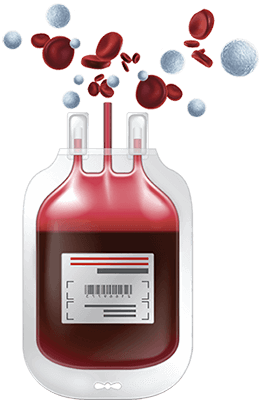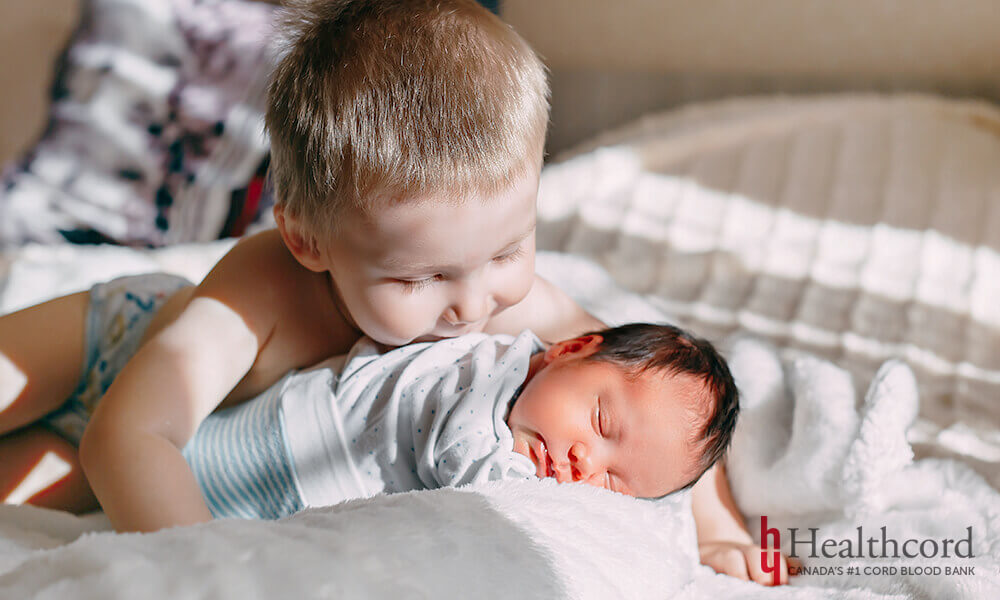Canada's Largest & Oldest Cord Blood Bank
Only 3 months left to go! Are you ready to meet your baby yet?
This Week’s Highlights
Your baby is smelling and tasting amniotic fluid
Your baby’s eyelashes are growing
You may start tracking baby movements
Your Baby at 26 Weeks
Your baby is the size of a red cabbage, measuring about 14 inches (35.6 centimeters) long and weighing in at about 1.7 pound (760 grams).
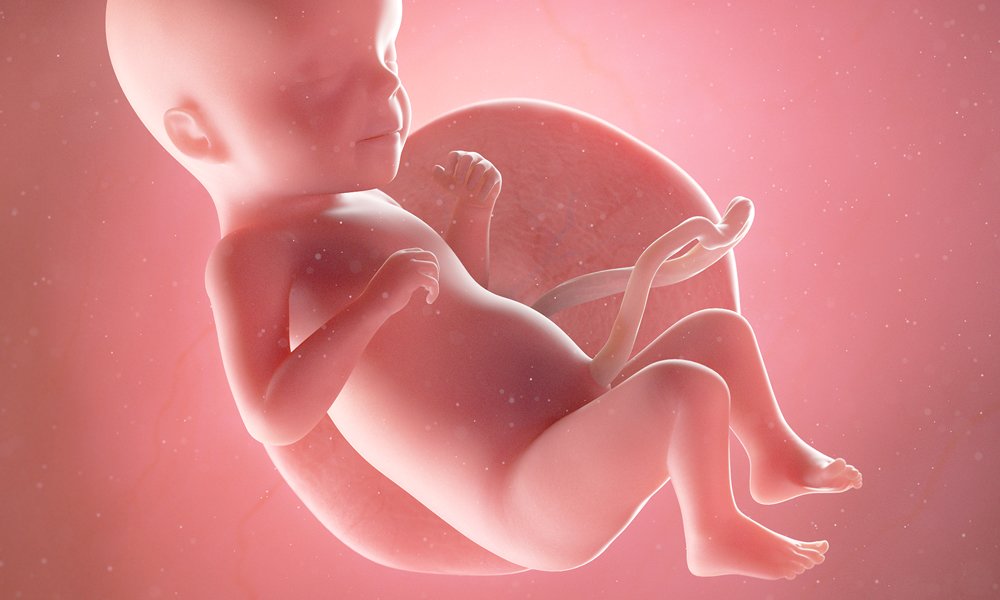
Baby Development at Week 26
This week, lungs continue to develop, making surfactant, a substance that coats the inside of the air sacs, helping them inflate and deflate. Your little one is already practicing some preliminary breathing movements, getting ready to take that first breath after birth. With this first breath, the air sacs will fill with air, oxygen will be absorbed into the blood by the small blood vessels that are still developing in the air sacs.
Your baby’s senses are becoming more sophisticated; they can pick out more distinct sounds, taste, and even smell the amniotic fluid. According to some moms, the baby will prefer foods that are similar to what you are eating at this stage of pregnancy.
Now that you are able to feel your baby’s moments, your healthcare provider may ask you to monitor these changes. If you notice that your baby is unusually silent, do not hesitate to contact your healthcare provider.

Pregancy Tip
Is round ligament pain making it difficult to stay active? Think about investing in a bellyband to support the extra weight.
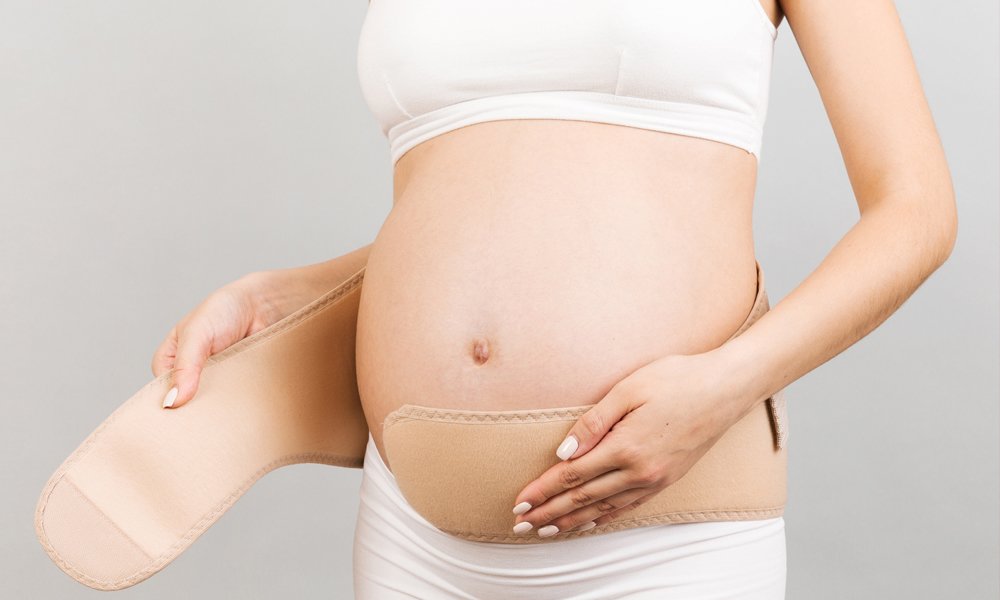
Your Bump at 26 Weeks
You have probably put on about 16 to 22 pounds (7.3 to 9.9 kilograms) at this stage of pregnancy. Your bump will grow by approximately half an inch each week for the rest of your pregnancy.
How Far Along are You?
26 weeks in, 14 weeks to go! You are two-thirds of the way through your pregnancy. Even though pregnancy is measured in weeks this means you will soon be entering your seventh month of pregnancy.
How Your Body is Changing
Your belly and breasts will continue to grow, which means stretch marks may appear soon. It is normal to experience an increase in your blood pressure at 26 weeks.
If you gain a lot of weight suddenly or experience blurred vision and see sudden swelling in your hands and feet, you will need to contact your healthcare provider immediately. These are all signs of preeclampsia characterized by high blood pressure and swelling and have to be immediately addressed.
If you haven’t experienced them already, you may also feel some Braxton Hicks contractions this week. These contractions are a sign that your uterus is getting ready for labor. They are not strong enough to push the baby through the cervix but will give you a good indication of what to expect.
At this point, you may also start feeling a bit of stress and even anxiety about all the changes that will be happening in your life. If you have a history of anxiety or depression, or notice that your anxiety levels are higher than usual, talk to your healthcare provider.
Exercise, visits with friends, rest, and sleep can help with anxiety. Remember, you are not alone in this journey; it is ok to reach out for support.
Sibling Cord Blood Tested for Treating Cerebral Palsy in Young Children
Cerebral palsy is a movement disorder that affects 2 to 3 children per every 1000 live births. Children with the cerebral palsy experience varying degrees of motor difficulties ranging from poor coordination, stiff muscles, difficulty speaking or swallowing to having seizures.
It is known that cerebral palsy results from the abnormal development of areas of the brain that controls movement, balance, and posture or damage to these areas during pregnancy.
Diet at 26 Weeks
Let us revisit the topic of staying hydrated. You should be drinking the recommended 8 cups of liquid a day; however, in your third trimester, you will need to increase your water intake to support baby growth. Hydration is also the best way to keep you from getting overheated on a hot summer day or during exercise. The best rule of thumb to follow, drink to quench your thirst.
Water is the always best option for keeping yourself hydrated. Possible alternatives include milk, smoothies, flavoured water, ginger drinks, and fruit juice. Remember that fruit juice is high in sugar and can be quite acidic. So try to moderate your juice intake as much as possible.
Including foods with high water content like soups, salads, fruit, and yogurt is another good way to stay hydrated.
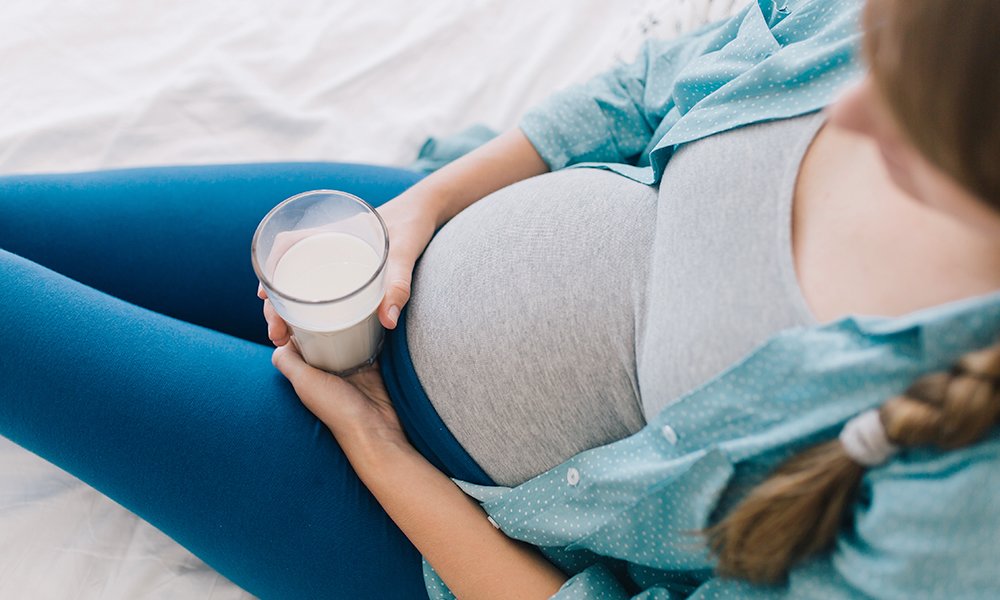
Pregnancy Symptoms at Week 26
Braxton Hicks contractions – Braxton Hicks contractions are named after Dr. John Braxton Hicks, who first described them. They are the result of muscles in your uterus flexing, preparing your body for labour. However, unlike true labour contractions, they are not strong enough to push your baby out. Braxton Hicks contractions often go away when you shift your position. They are also irregular and do not last for more than 1 minute.
Clumsiness – Are you starting to feel clumsy or awkward yet? Several things contribute to the heightened sense of clumsiness during pregnancy. Your bump has shifted your center of gravity, so your balance is off. Your joints and ligaments are relaxed owing to pregnancy hormones, which makes your grasp on objects less firm. Or, you may be too exhausted to notice that a chair in your living room is out of place. This newfound clumsiness will disappear after the baby is born. Just be mindful of these changes and make sure you move with caution to avoid any unnecessary falls.
Vision changes – Some moms experience blurred vision during pregnancy. Pregnancy hormones are behind this symptom, as well. These changes should pass after birth, so do not invest in new glasses or contact lenses just yet!
Round ligament pain – Several thick ligaments support your growing belly. The round ligament joins the front of your uterus to your groin area. As your belly grows, this ligament gets stretched. When there’s pressure on the round ligament, you may notice pain. The pain can be sharp, or it may be a dull aching pain that originates from one or both sides of your abdomen. You may feel like you have a sore stomach. You may want to wear a belly band and avoid sudden movements that initially caused ligament pain.
Top 3 Reasons
- Available for a lifetime
- A perfect match
- Access to future therapies


